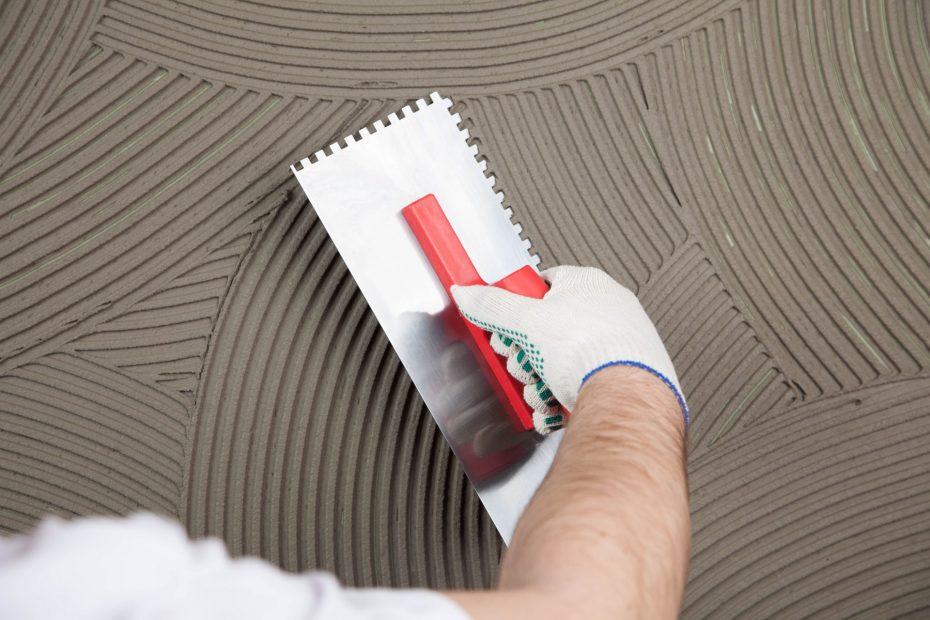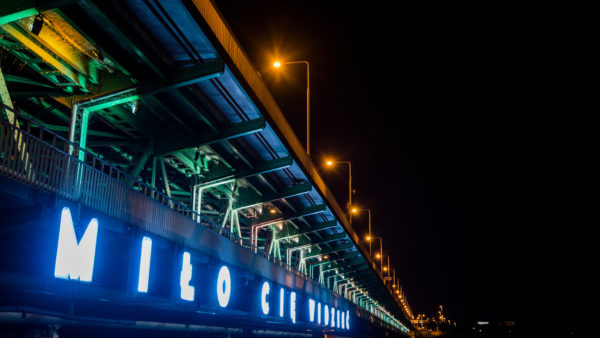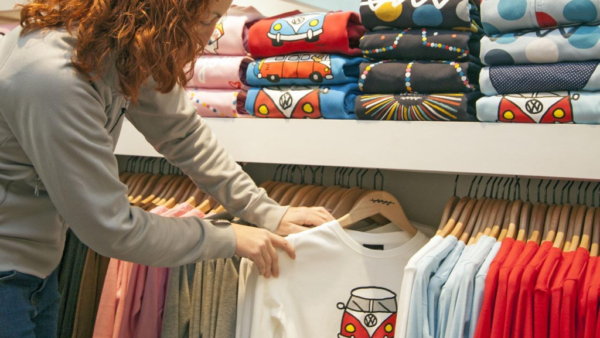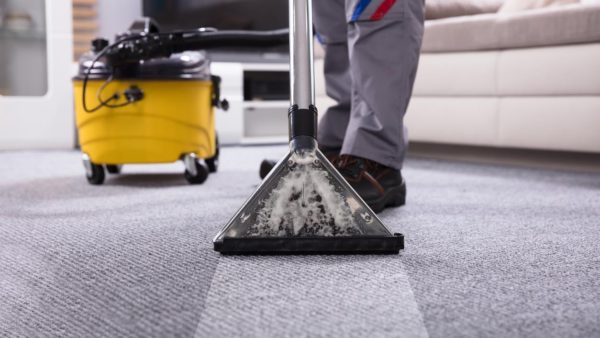Everybody knows drywall and you can’t beat its expense. However, basically, nobody loves drywall, the main source of worker for hire callbacks for issues like popped screws and nails, gouges and dings, noticeable joints, and paint issues—quality issues that are tended to by blueboard.
Blueboard Advantages
Blueboard has numerous likenesses to normal drywall gypsum board: Like drywall, it comes in 4-foot-wide sheets at lengths of 8, 12, or 16 feet; it cuts with a blade, and it affixes to wood or steel wall studs with screws or nails. It likewise has a similar center material: Gypsum referred to by physicists as calcium sulfate. To find more about Cement Plastering Click here!
The thing that matters is in the paper covering: Bluebeard’s trademark blue face comes from the exceptional paper on the board’s surface, which is blessed to receive bond well to a skim layer of uniquely defined plaster.
When completing blue board drywall, rather than applying a few layers of joint compound to the creases between sheets, a fast tape-and-plaster treatment to the joints is applied, and afterward, the whole wall surface is covered with a couple of slim (1/8 inch thick) layers of plaster.
A skim layer of plaster can be applied to standard drywall or a current conventional plaster surface, however first the wall should be painted with an uncommonly detailed orange-shaded preliminary.
Facade Plaster Advantages
Blueboard drywall and facade plaster offer two benefits over normal drywall—quality and comfort.
Facade plaster is a lot harder than an ordinary drywall surface, making it doubtful to get unattractive gouges and scratches.
The top surface of the plaster facade is ceaseless over the entire wall, so joints never show—and positively never jump out at the eye the manner in which drywall joints normally do.
Facade plaster’s persistent surface is likewise a superior base for paint. On a drywall surface, paint can dry distinctively on the paper surface than on the joint compound base at drywall creases. Indeed, even the most ably made drywall joints might appear in specific lights. Facade plaster is substantially less prone to show any kind of noticeable concealing distinction.
Painting facade plaster isn’t needed. Certain individuals are content with the plaster’s own normal grayish shading, and consider the plaster’s smooth surface adequate.
It’s additionally conceivable to colorize the plaster coat itself, either by adding excellent paint to the plaster at the mixing stage or by utilizing restrictive shading frameworks.
Applying Veneer Plaster
Facade plaster application is commonly a one-day activity. Plastering promptly follows the joint treatment, and a second (if necessary) plaster coat is applied over the first after a short period. In renovating, this comfort becomes evident. There’s no three-day disturbance for the inhabitants of the home; and on the grounds that there’s no sanding, there is no aggravating and chaotic residue.
A run of the mill drywall work requires three or four days: One day to hang the sheets and apply the first layer of joint compound, which then, at that point, needs to dry; a subsequent day to sand the main cover and apply a subsequent coat (which additionally needs to dry); then, at that point, the third day to sand once more, and, for quality work, an additional day for the third layer of joint compound.
Cost Considerations
Accommodation and quality increment the expense of a facade plaster establishment. Facade plaster, including blue board and plaster, can run somewhere in the range of 20 to 30 percent in excess of a drywall establishment. Also, picking a one-coat or two-coat facade framework can influence the last expense, mirroring the more noteworthy ability expected to apply facade plaster. In certain districts, costs for facade plaster are turning out to be more serious with drywall, because of the reserve funds of two days hands-on time and the kept away from cleanup costs. Visit Wuensch Plaster Factory for Cement Plaster and its product in Saudi Arabia









